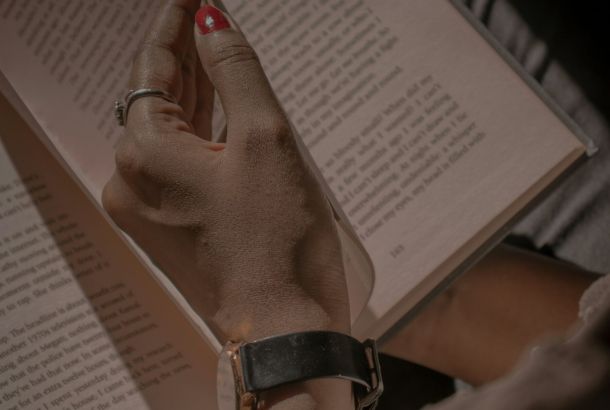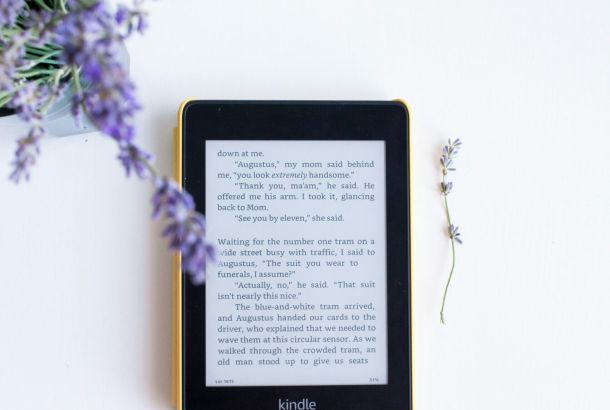Do creativity and mental instability really go hand in hand?
Monday 11th February marked the 50th anniversary of Sylvia Plath’s untimely death. The famous writer and wife of Ted Hughes committed suicide, aged only 30, having spent most of her adult life struggling with depression. Although her literary output was not vast, all of her work has been subsequently cherished for its resonant poignancy and wit, capturing the emotional turmoil Plath experienced.
Plath first came to prominence for her poetry, which has since been credited with originating the ‘confessional’ genre of poetry. In 1958, she began attending evening creative writing seminars where she was encouraged to write from her own experiences. While she remained anxious about doing so, her poems began to tell of the deeply painful mental struggle she dealt with. Her first collection, The Colossus and Other Poems, was published in 1960 and is less open and more abrupt than Ariel, a posthumous collection that had been written during a creative burst a few months before Plath’s death. When reading the two, you feel as though you have undertaken Plath’s own psychological journey.
Many would suggest that it is Plath who sparked the now-familiar debate about the link between creativity and mental instability. It is certainly difficult to imagine one without the other in her case, if only because her work is so intensely personal and these were two very significant aspects of her self. Her only novel, The Bell Jar, is a semi-autobiographical roman à clef, chronicling the protagonist Esther Greenwood’s decent into mental illness. Various suicide attempts lead Esther to courses of ECT, as Plath herself underwent. Throughout the novel, socially acceptable identity is questioned – does a woman have to conform to the housewife and mother ideal or can she strive to achieve her own independence?
Plath wrote The Bell Jar after her second pregnancy ended in a miscarriage, an event which made her feel as though she had failed at being a woman. Although we now live in a more progressive world than ‘60s America, this element of Plath’s work still echoes with women today. The Bell Jar is being re-issued by Faber and Faber to celebrate the book’s 50th anniversary.
Of course, Plath is not the only literary figure to have been troubled. The list of writers who have suffered from depression is a long one: William Blake, Leo Tolstoy, T.S. Eliot and Spike Milligan are but a few. Many works depict the despair felt by those suffering with mental illness. For example, J. K. Rowling drew on her own depressive experiences when describing how the Dementors suck all life and soul out of their victims. Virginia Woolf used a stream-of-consciousness style to highlight the psychological plight of her characters that she knew only too well. However, Sylvia Plath was arguably the first author to truly address the taboo surrounding mental illness: in The Bell Jar, Esther discusses with her therapist about how she feels trapped by her illness. For this reason alone, it is essential that Plath’s work is remembered as ground-breaking, for its documentation of both sides of its writer. Without her, the stigma associated with depression would undoubtedly be much greater than it is today.







